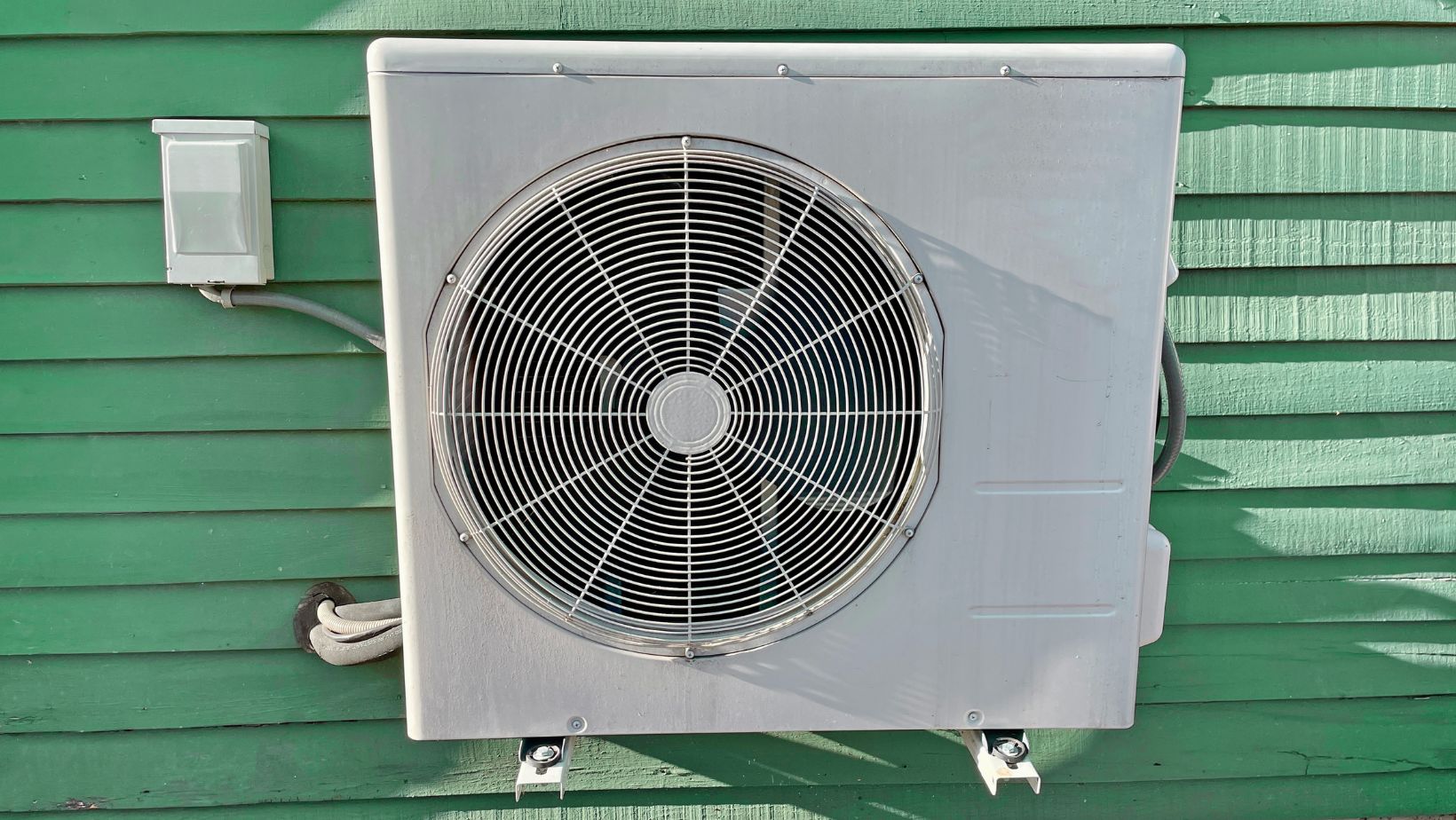Table of Contents
ToggleWhat Size Mini Split for Garage
Are you wondering what size mini split you need for your garage? Finding the right size can be crucial in ensuring optimal comfort and energy efficiency. When determining the appropriate size of a mini split system for your garage, several factors come into play. These include the square footage of the space, insulation levels, ceiling height, and even the climate in which you live.
To determine the ideal size of a mini split for your garage, start by calculating the square footage of the area. This can be done by measuring the length and width of the space and multiplying them together. Once you have this number, consider other variables like insulation levels and ceiling height. A well-insulated garage with standard ceiling height may require a different sized unit compared to one with poor insulation or higher ceilings.
Choosing the Right Size Mini Split for Your Garage
Factors to Consider When Choosing a Mini Split Size
When it comes to selecting the right size mini split for your garage, there are several important factors to consider. The size of your garage is a crucial factor in determining what capacity mini split you’ll need. Here are some key considerations:
- Garage Dimensions: Measure the square footage of your garage to get an idea of its size. This will help you determine the BTU (British Thermal Units) rating required for effective cooling or heating. As a general rule of thumb, you’ll need approximately 20 BTUs per square foot of space.
- Insulation and Climate: Take into account the level of insulation in your garage and the climate in your area. If your garage is well-insulated and located in a moderate climate, you may require less cooling or heating capacity compared to a poorly insulated garage situated in an extreme climate.
- Usage Patterns: Consider how frequently and intensively you use your garage. If it’s used as a workshop where heavy machinery generates additional heat, or if it serves as a storage space with minimal human occupancy, you may need higher cooling capacity.
- Additional Features: Think about any unique features or requirements specific to your garage that could impact mini split sizing. For example, if you have large windows that let in excess sunlight or if there are other heat-generating appliances present, such as refrigerators or freezers.
By taking these factors into consideration, you can make an informed decision regarding the appropriate size mini split for optimal comfort and efficiency in your garage.

Factors to Consider When Determining the Size of a Mini Split System
By carefully considering these factors and seeking professional advice, you can ensure a comfortable environment in your garage year-round. Determining the right size of a mini split system for your garage is essential to ensure optimal cooling and heating performance. There are several factors that need to be considered in order to make an informed decision. Let’s take a closer look at these factors:
- Garage Size: The first and most obvious consideration is the size of your garage. Larger garages will require more powerful mini split systems with higher BTU (British Thermal Units) ratings, while smaller garages can be adequately serviced by units with lower BTU ratings.
- Insulation: The level of insulation in your garage plays a crucial role in determining the size of the mini split system you’ll need. Well-insulated garages retain heat better, which means you may require a smaller unit compared to a poorly insulated garage.
- Climate: Consider the climate in your area when selecting the size of your mini split system for the garage. If you live in an area with extreme temperatures, such as hot summers or cold winters, you might need a larger capacity unit to maintain comfortable indoor conditions.
- Usage: Think about how often and for what purposes you use your garage. If it’s simply used for storage or occasional use, a smaller unit might suffice. However, if you frequently spend time working in the garage or use it as a workshop, you may want to opt for a larger capacity mini split system.
- Heat Load Calculation: Performing a heat load calculation can provide an accurate estimation of the cooling and heating requirements for your specific garage space. This calculation takes into account various factors like square footage, number of windows, insulation levels, and more.
It’s important to consult with HVAC professionals who can help assess these factors and guide you towards selecting the right size mini split system for your garage needs.
In conclusion, when determining what size mini split system is suitable for your garage, consider its size, insulation quality, climate conditions, intended usage, and perform a heat load calculation. By taking these factors into account, you can ensure efficient cooling and heating for your garage space.





